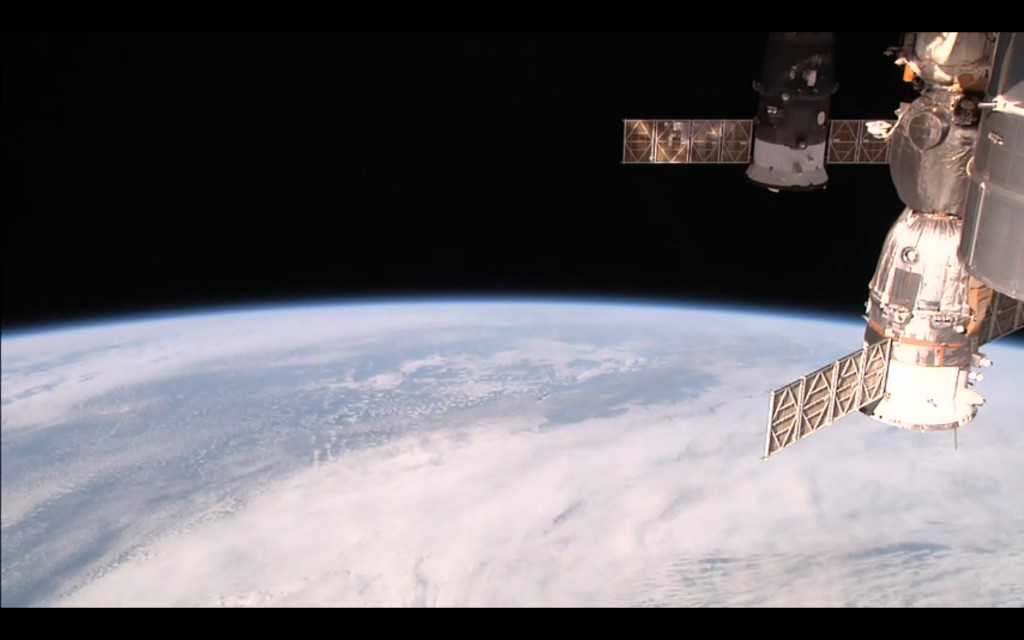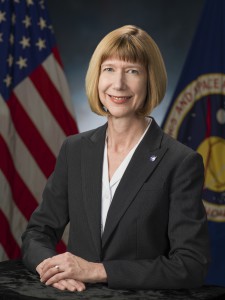 NASA TV will feature the NASA Exploration Forum this afternoon beginning at 12:30 p.m. The event will lay out the space agency’s building block approach leading to the human exploration of Mars. Phil McAlister, director of NASA’s Commercial Spaceflight Division, will discuss where private industry advancements fit with the agency’s overall goal. The event runs until 3:05 p.m. You can watch it on NASA TV and streaming at nasa.gov/ntv.
NASA TV will feature the NASA Exploration Forum this afternoon beginning at 12:30 p.m. The event will lay out the space agency’s building block approach leading to the human exploration of Mars. Phil McAlister, director of NASA’s Commercial Spaceflight Division, will discuss where private industry advancements fit with the agency’s overall goal. The event runs until 3:05 p.m. You can watch it on NASA TV and streaming at nasa.gov/ntv.
Here’s today’s agenda:
12:30 p.m.- Moderator welcome and opening with video
12:35 – Opening Remarks: NASA Administrator Charles Bolden on agency exploration goals
12:45- Current and future robotic exploration of Mars: John Grunsfeld, associate administrator, Science Mission Directorate
1 p.m. – NASA’s Human Path to Mars: William Gerstenmaier, associate administrator, Human Exploration and Operations Mission Directorate
1:15 – Human Exploration Panel: current status and future work on the Path to Mars (10-min. presentations each)
· The International Space Station: Sam Scimemi, director, International Space Station Division
· Commercial Space in Low-Earth Orbit: Phil McAlister, director, Commercial Spaceflight Division
· Orion and SLS: Dan Dumbacher, deputy associate administrator, Exploration Systems Development
· The Asteroid Redirect Mission: Michele Gates, senior technical advisor, Human Exploration and Operations Mission Directorate
· An Evolvable Mars Campaign: Jason Crusan, director, Advanced Exploration Systems Division
2:05 – Break for Q&A with audience, social media questions
2:20 – Current and future Technology work: Randy Lillard, program executive for Technology Demonstration Missions, Space Technology Mission Directorate
2:35 – Benefits to Science and Tech communities from these endeavors: David Miller, NASA chief technologist, and Ellen Stofan, NASA chief scientist
2:50 – Closing remarks: Robert Lightfoot, NASA associate administrator










